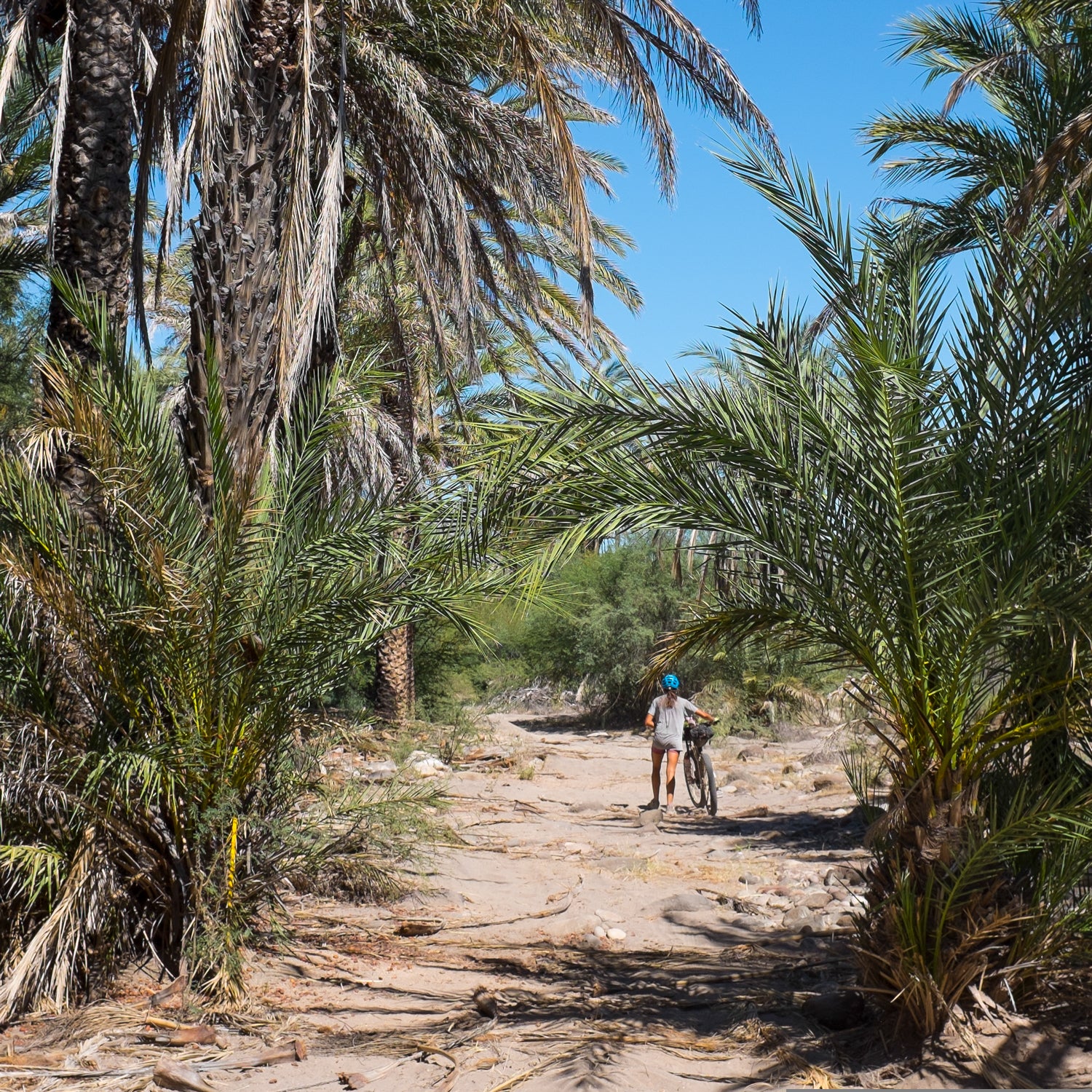In 2010, American Paul Stephens was working for in Tbilisi, the capital of Georgia—a country roughly the size of South Carolina—where he had originally traveled to volunteer for the Peace Corps. In between helping with the agency’s poverty and education initiatives, he explored the nearby Caucasus range on foot.
“There are lots of peaks above 4,000 meters and dense forests,” says Stephens, now 35. “Western Georgia is like the Pacific Northwest, but with ancient villages, defense towers, and churches on the mountainside.” During one excursion, he came across a few intrepid Eastern European trekkers attempting to cross the country’s 800-mile swath of untracked mountains and forest.
“It just got me thinking,” he says. “So I started looking at the map.” Years earlier he’d hiked much of the Virginia section of the Appalachian Trail, along with the Great Smoky Mountains farther south.
“I was inspired knowing you could keep going for weeks or months,” Stephens adds. “It gets your imagination going and gives you a sense of freedom. There’s also something about actually getting somewhere on foot, somewhere far away, not just hiking in a circle.” If there was a long trail across the Caucasus, he thought, you could walk it in maybe three months.
In the summer of 2015, Stephens and a Peace Corps buddy began sketching a route through , Armenia, and Azerbaijan from the Black Sea to the Caspian Sea, mostly through national parks, for the Transcaucasian Trail.
Long trails are exploding in popularity, thanks in part to recent blockbuster films like Wild and A Walk in the Woods. A thousand hikers now traverse the entire 2,189 miles of the Appalachian Trail between Georgia and Maine each year, up from 575 in 2008, and nearly three million more travel some portion of the route. That kind of growth is spreading internationally.
In late 2015, Englishman Ben Hoffler helped complete the in Egypt, which connects 140 miles of tribal footpaths from the Gulf of Aqaba with the top of 8,625-foot Mount Catherine. After the trail’s maiden through-hike a year later, the British Guild of Travel Writers named it one of the world’s best new tourism projects.
Among the goals of the trail is to “change perceptions of a chronically misunderstood region,” says Hoffler, who has hiked portions of long trails in the Canadian Rockies and plans to do chunks of the Pacific Crest Trail.
Mexico could also use an image upgrade, but that’s not why Alaskans Nicholas Carman and Lael Wilcox stitched together the 1,700-mile between San Diego and San José del Cabo. The two endurance-biking stalwarts had ridden the , the Colorado Trail, and the Arizona Trail. After their second trip down the Baja peninsula, they knew they wanted to share the experience with others. Their line snakes through old mission sites and backcountry desert. In the Valle de los Cirios, ancient cirios trees lean and curl, Carman says, “in Seussian fashion.” During the first season last winter, 250 attempted the route.
Most ambitious of all is an informal network in Chile called the . It consists, says Jan Dudeck, the German responsible for mapping much of it, of “trails, roads, and cross-country routes that were simply not made for hikers.” Beginning in Santiago, the GPT crisscrosses an 1,150-mile stretch of land between the semidesert of the Precordillera and the giant glaciers of the Southern Patagonian Ice Field. Through-hiking it involves trespassing, packrafting, and backtracking. In short: don’t expect any trail angels. “It’s more of a discovery trail than a hiking trail,” insists Dudeck, who has done much of it.
The GPT may never be finished, but Stephens’s Transcaucasian Trail should be done within eight years. Recently, he secured grants and volunteers to work on sections in Svaneti, Georgia, and Armenia’s Dilijan National Park this summer.
“Now that we’re starting,” says Stephens, “I meet these Georgians who were mountaineers back in the seventies and they say, ‘My friends and I always dreamed of walking across the Caucasus.’ ”



 Beta on the newest long trails.
Beta on the newest long trails.